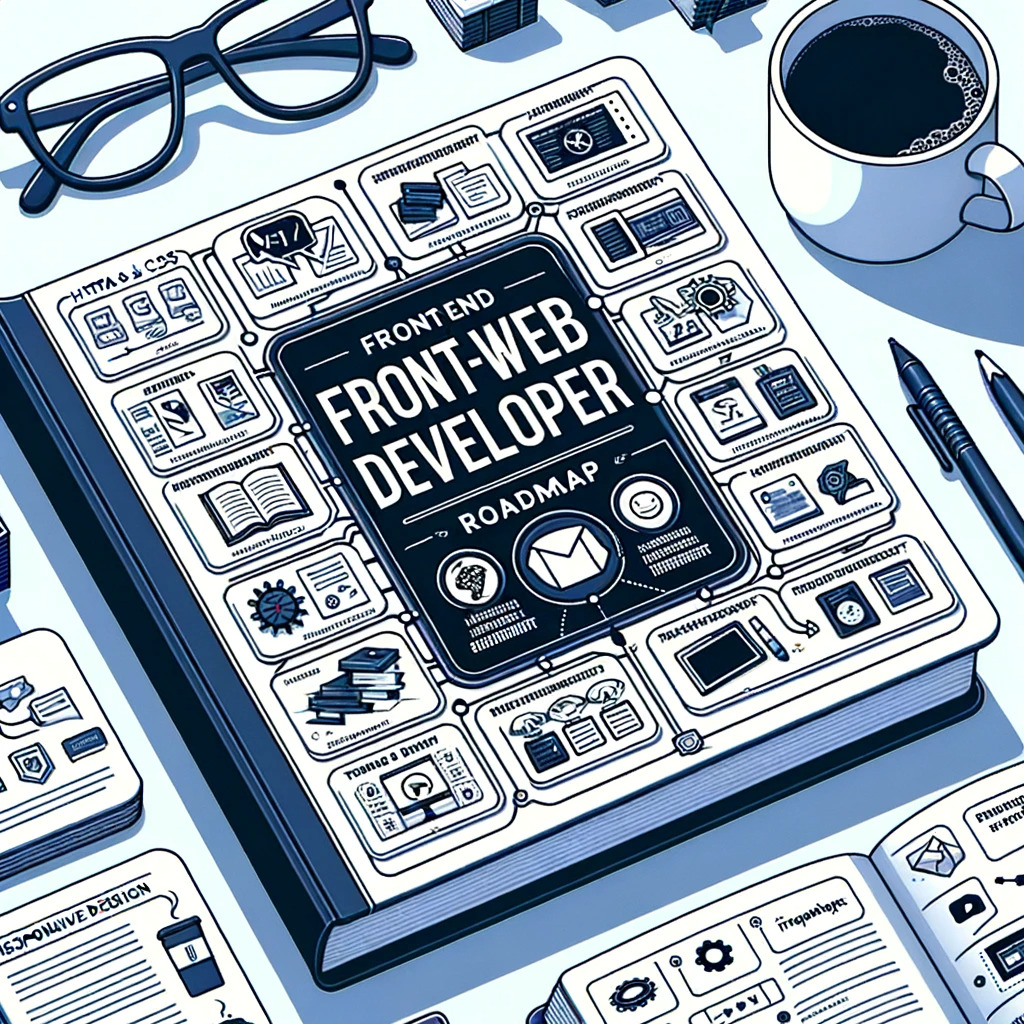 Embarking on the journey to become a front-end web developer can be both exciting and daunting. With the rapid evolution of web technologies and the vast array of tools available, it’s essential to have a clear roadmap to guide you. In this article, we’ll outline a comprehensive path to help you navigate the world of front-end web development.
Embarking on the journey to become a front-end web developer can be both exciting and daunting. With the rapid evolution of web technologies and the vast array of tools available, it’s essential to have a clear roadmap to guide you. In this article, we’ll outline a comprehensive path to help you navigate the world of front-end web development.
1. Understand What Front-End Development Is
Before diving deep, it’s crucial to understand what front-end development entails. In simple terms, front-end development focuses on building the visual and interactive parts of a website or web application that users see and interact with directly. This contrasts with back-end development, which deals with databases, servers, and application logic.
2. Start with the Basics: HTML, CSS, and JavaScript
- HTML (HyperText Markup Language): This is the foundational building block of the web. It provides the structure of a webpage, such as headings, paragraphs, links, and images.
- CSS (Cascading Style Sheets): While HTML provides structure, CSS gives style. It’s used to design and layout web pages, from colors and fonts to the positioning of elements.
- JavaScript: This is the scripting language used to add interactivity to web pages. With JavaScript, you can build dynamic content like image sliders, form validations, and interactive maps.
ALSO READ: Companion Mode: How To Use The Same WhatsApp Account On Multiple Phones
3. Dive Deeper into Advanced CSS and Responsive Design
- Advanced CSS: Learn about CSS preprocessors like SASS or LESS, which allow for more advanced features and easier maintenance.
- Responsive Web Design: With the variety of devices available today, it’s essential to design websites that look good on all screen sizes. Familiarize yourself with media queries, flexible grid layouts, and flexible images.
4. Get Comfortable with JavaScript Frameworks and Libraries
- jQuery: A fast and concise JavaScript library that simplifies HTML document traversing, event handling, and animation.
- React: A popular library for building user interfaces, especially single-page applications.
- Vue.js: A progressive framework for building user interfaces with a gentle learning curve.
- Angular: A comprehensive framework backed by Google, suitable for building large-scale applications.
5. Explore Front-End Development Tools
- Version Control/Git: Learn how to use Git, a version control system that tracks changes in your code and allows for collaboration.
- Package Managers: Familiarize yourself with npm or Yarn to manage software dependencies.
- Build Tools: Tools like Webpack, Gulp, and Grunt help automate tasks and bundle resources.
6. Understand Browser Developer Tools
Every major web browser has built-in developer tools. These tools allow you to inspect, debug, and profile web pages. Familiarizing yourself with them can significantly speed up your development and debugging process.
7. Learn about Web Performance and Optimization
A fast-loading site improves user experience and SEO rankings. Dive into techniques like lazy loading, image optimization, and asynchronous loading to enhance your website’s performance.
8. Stay Updated and Network
The tech industry, especially web development, is ever-evolving. Join web development communities, attend conferences, and follow industry leaders to stay updated. Networking can also open doors to job opportunities and collaborations.
9. Build a Portfolio
Showcase your skills by building a portfolio. Include personal projects, client work, and contributions to open-source projects. A strong portfolio can be a deciding factor in landing your dream job or freelance clients.
10. Never Stop Learning
The world of front-end development is vast and continually evolving. Always be curious, and don’t be afraid to dive into new tools, technologies, or methodologies. Continuous learning is the key to staying relevant and growing in your career.
In conclusion, while the journey to becoming a front-end web developer might seem overwhelming, having a clear roadmap can make the process more manageable. Remember, every expert was once a beginner. With dedication, persistence, and a passion for learning, you’ll be well on your way to becoming a successful front-end web developer.














 and then
and then